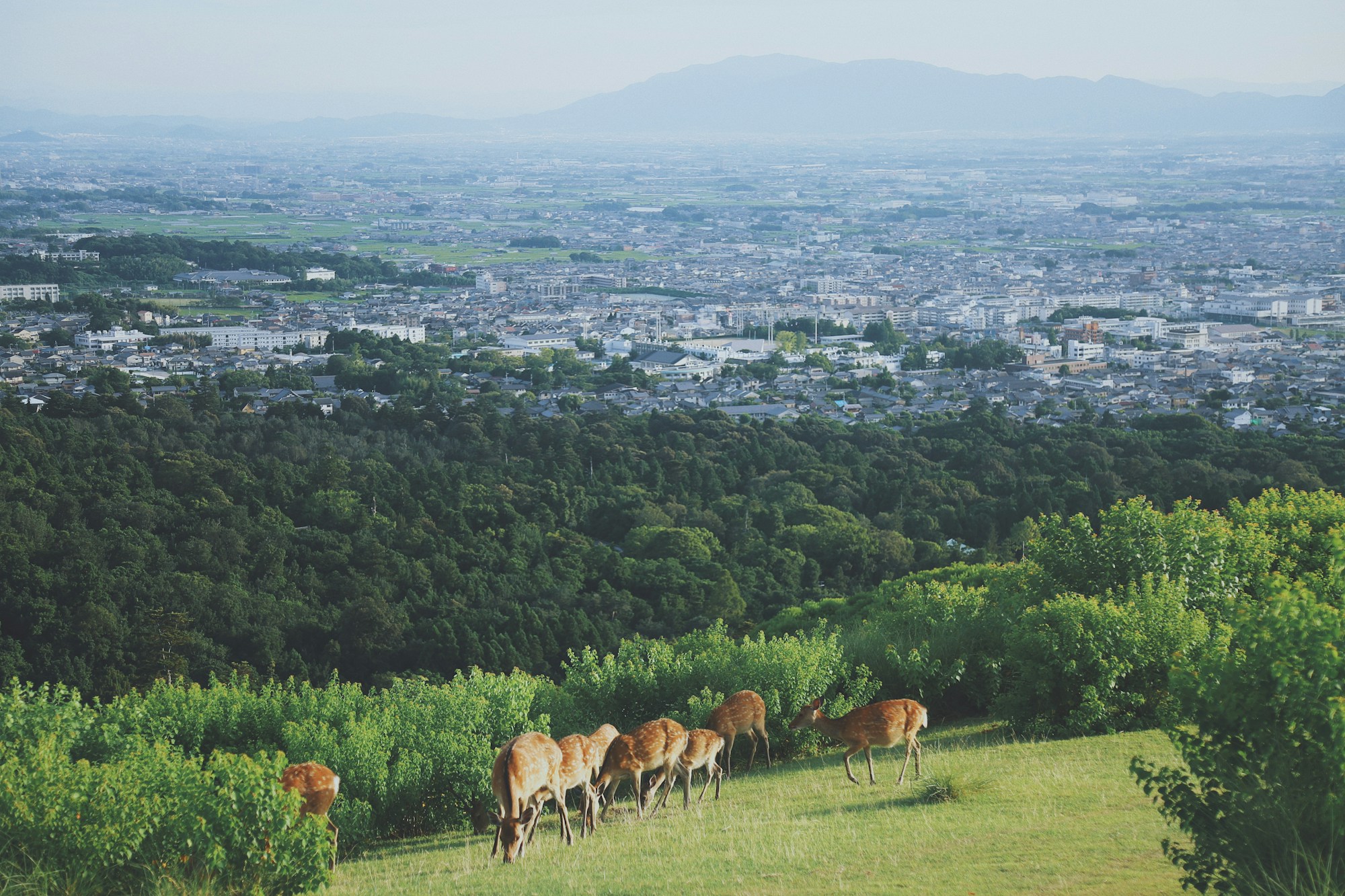What to See in Nara: Exploring the Rich Cultural Heritage

What to See in Nara: Exploring the Rich Cultural Heritage
Nara, located in the Kansai region of Japan, is a city famous for its rich cultural heritage. As the former capital of Japan, Nara played a significant role in shaping the country's history and culture. Today, visitors can explore numerous ancient landmarks, traditional neighborhoods, and beautiful natural attractions. Let's dive into the must-see places in Nara!
Nara Park
Nara Park is a vast public park located in the heart of the city. Covering an area of 660 hectares, it is home to many important historical sites and thousands of friendly, free-roaming deer. These deer, considered to be sacred, are designated as a natural treasure. Visitors can buy specially made deer crackers to feed these gentle creatures, an experience that creates lasting memories.
Todai-ji Temple
Todai-ji Temple, a UNESCO World Heritage site, is one of the most significant and breathtaking attractions in Nara. It houses the Great Buddha Hall, which boasts the world's largest bronze statue of the Buddha. The Daibutsuden Hall is an architectural marvel, and visitors can witness the serene atmosphere as they stand in awe of the immense statue that stands 15 meters tall.
Kasuga Taisha Shrine
Kasuga Taisha Shrine is a sacred Shinto shrine known for its vibrant vermilion color and hundreds of stone lanterns. The shrine was established as a guardian shrine of the powerful Fujiwara clan. The moss-covered stone lanterns that line the pathways contribute to the enchanting atmosphere of this holy place. Exploring the shrine's beautiful gardens and attending one of the many festivals held here throughout the year is a must for visitors.
Naramachi
Naramachi is a well-preserved traditional neighborhood that gives visitors a glimpse into Nara's past. Strolling through the narrow streets, lined with beautifully preserved machiya (merchant houses), feels like stepping back in time. Many of these machiya have been converted into shops, cafes, and museums, allowing visitors to soak in the nostalgic atmosphere while enjoying local crafts and treats.
Kofuku-ji Temple
Kofuku-ji Temple, another UNESCO World Heritage site, was originally established in 669. It was the Fujiwara clan's family temple and played a crucial role in Japan's political and religious history. The towering pagoda, standing at 50 meters tall, is a symbol of Nara and provides breathtaking views of the city. Exploring the temple complex and visiting the National Treasure Museum within the grounds are experiences not to be missed.
Nara National Museum
The Nara National Museum is a cultural institution dedicated to preserving and showcasing Japan's artistic and cultural heritage. The museum houses an extensive collection of ancient Buddhist statues, calligraphy, paintings, and traditional crafts. Visitors can immerse themselves in the rich history of Nara and gain deeper insights into Japanese art and culture.
Mount Yoshino
For nature enthusiasts, a trip to Mount Yoshino is highly recommended. This mountain is covered in around 30,000 cherry trees, making it one of Japan's most famous cherry blossom viewing spots. During the cherry blossom season, the entire mountainside transforms into a sea of pink and white blooms, creating a truly magical sight. Hiking trails meander through the forested slopes, offering panoramic views of the surrounding landscape.
Isuien Garden
Isuien Garden, located near Todai-ji Temple, is a traditional Japanese garden that harmoniously combines natural elements with carefully designed landscapes. It features two beautiful garden styles: a front garden in the traditional Heian Period style and a rear garden in the later Edo Period style. Visitors can stroll along meticulously manicured paths, cross bridges over tranquil ponds, and appreciate the unique beauty of each season.
